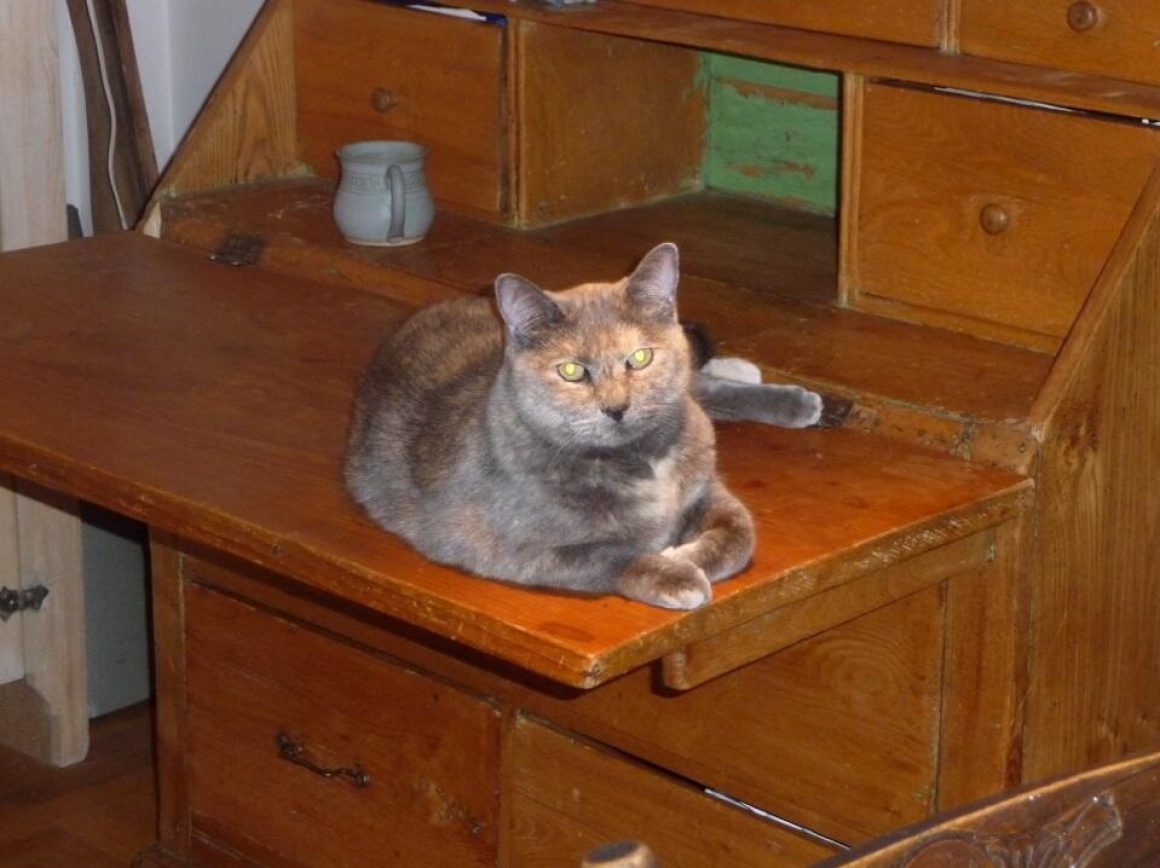I was so struck by this story by Ann Beattie when I first came across it.
“In the White Night” begins as Carol and Vernon leave a party that their long-time friends, the Brinkleys, have thrown; after saying good night, they drive home, then prepare to sleep in the living room of their four-bedroom house.
In perfect three-act structure, Beattie unearths the characters’ history, in particular, their daughter’s death from leukemia and its continuing impact on them.
As they leave the Brinkley’s, Beattie creates the sense–with the snow and the slippery steps–that the couple is entering dangerous territory, a treacherous night. But the actual dangerous territory is not the snow; it is the memory of Sharon. The party has reminded the couple of their absent daughter, as Sharon and Becky, the Brinkley’s daughter, once played together. Both couples must have believed the children would grow up together. Soon, we learn that Vernon, unable to help Sharon, might hold himself responsible for her death, but Carol thinks “he was the last person who should be punished” (14), leading us to wonder if she feels that she is the first. While Vernon tried to entertain Sharon on the night she died, Carol, at the moment of her death, found herself “backed up against the door, for some reason” (14). Beattie portrays a couple overwhelmed with helplessness.
At home, Carol enters the bathroom to try to stop crying; otherwise, she knows, Vernon will want to comfort her. Upstairs, seeing that Vernon is asleep on the couch beneath her coat, she lies on the floor next to him, beneath the protection of his camel’s-hair coat. Perhaps the four-bedroom house, and all the hope it represents, is too much to navigate on such an evening. In this “tableau” (17) Vernon and Carol are together, yet alone.
Hours before the party, Carol experiences exhaustion brought on by emotional stress. Finally, perhaps as a way to end the exhaustion the party has triggered, she conceives of her daughter as an “angel” (17), who might “be drifting past” (17). She will see her parent’s choice to sleep in the living room as “a necessary small adjustment”, a surrender to grief. Creating an image of the daughter as an angel at the window, Beattie conjures a family of three. Now, we know the story: missing the third part of their trinity, the couple’s longing for their daughter will be ongoing. They must mourn, in whatever way each will.
Beattie’s lyrical language resonates, and the simplicity of the plot gives her room to shine light on the crisis.
Beattie, Ann. “In the White Night.” Where You’ll Find Me and Other Stories. New York: Macmillan Publishing Company, 1987. 11-17.
